What is a Second-Growth Forest?If a forest has been logged once and has grown back it is called second-growth. In creating Redwood National and State Parks, tens of thousands of acres of second-growth forest were purchased from logging companies. These second-growth forests are now dominated by Douglas-fir trees that were often seeded by private helicopters and planes. The density of these young trees can be more than a thousand trees per acre. You can experience some of our second-growth forests in 360 degree virtual reality. (Link goes to youtube)Second-growth forests have... 1) Un-naturally high density of trees. 2) Very little light reaching the forest floor. 3) Thin, skinny trees that are not able to get light and grow wide, or as tall as they can. 4) Little diversity of forest floor plants, or food for wildlife. 5) No nurse logs, or dead old-growth trees to provide habitat for wildlife. 6) Stumps of giant redwoods. Where are the Parks' Second-Growth Forests?They are almost everywhere in RNSP. Second-growth forests are all over the parks, and for hundreds of miles around. On the Parks' official visitor guide and map they are colored light-green (old growth-redwood forests are dark-green on the map). You will notice that there are pockets of old-growth redwood forests surrounded by much larger sections of second-growth forests. You will drive through this jig-saw of different forests on the way to all of the redwood groves and park destinations that you seek. Specifically, you will find second-growth forests all along Highway 101, at the Mill Creek Campground, on Davison Road to Gold Bluffs Beach, on the Bald Hills Road up to Lady Bird Johnson Grove, next to the Trillium Falls Trail parking area, and on the dirt road down to Tall Trees Grove. Places like the Mill Creek watershed at Del Norte Coast Redwoods State Park were logged as recently as the the late 1990s. Parts of Redwood Creek, Skunk Cabbage, Berry Glen Basin, and Lost Man Creek - all now in Redwood National Park - were clearcut in the 1960s and 1970s. Second-growth forests are also found next to the Wolf Creek Education Center. Second-Growth Forest Canopy: Before and After Restoration Thinning. 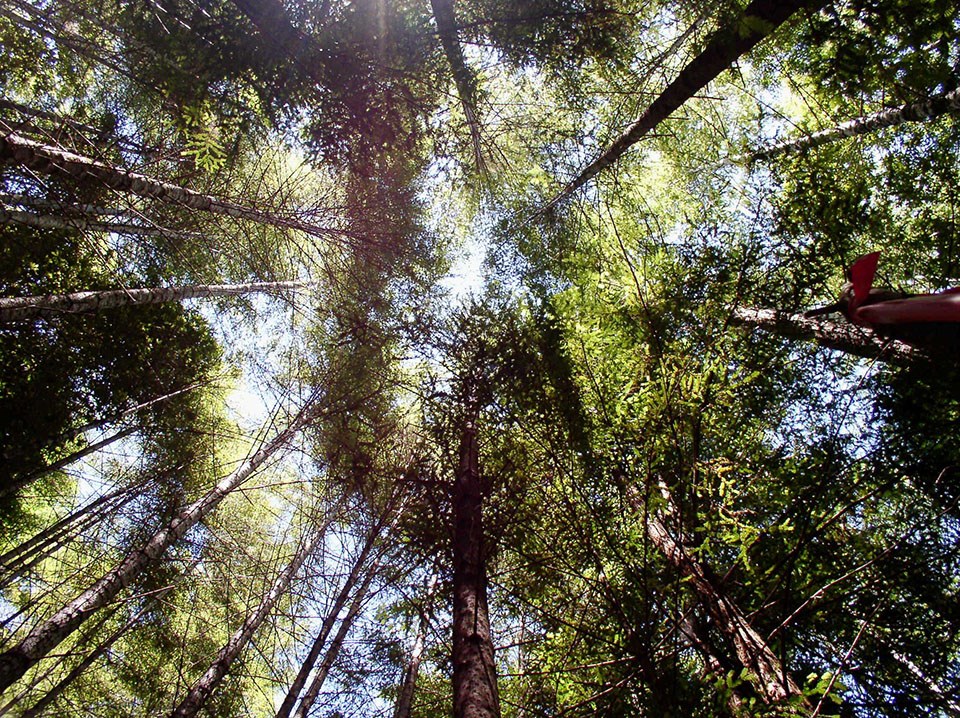
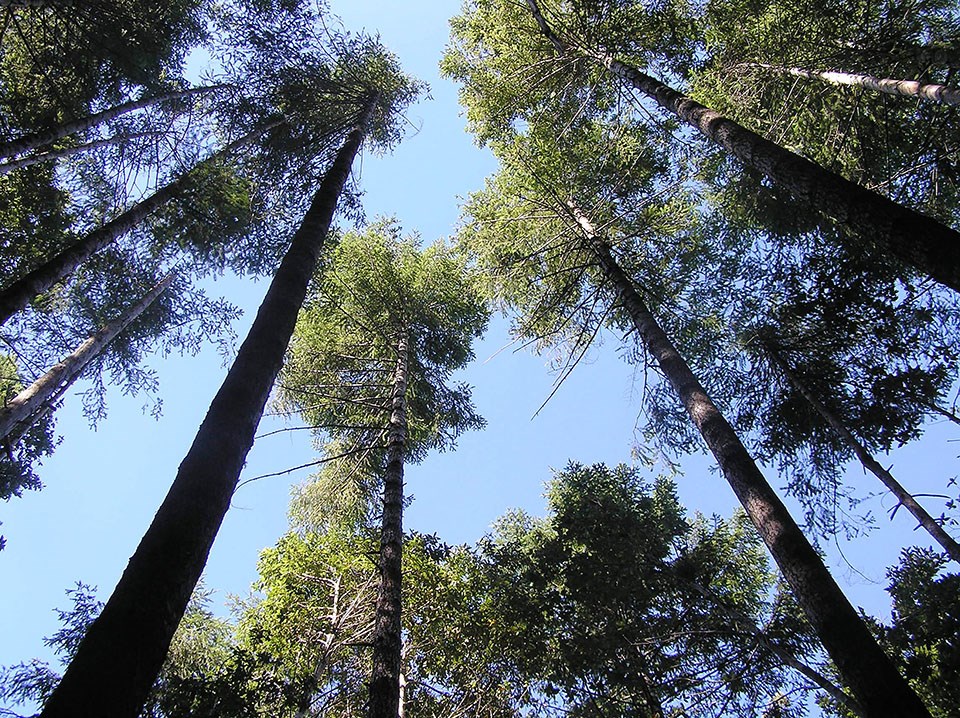
Left image
Right image
How Does Forest Restoration Occur?This is complex, and since 1978 we have been adapting and improving our different restoration techniques in the parks. By the mid-2000s, park managers and foresters had built the knowlege, skills, and support to really increase the acres of second-growth forests being treated with restoration thinning.Restoration of second-growth forests requires the removal of logging roads, thinning and removal of selected trees, stream restoration, and solving erosion problems. All of this work is based on building partnerships and trust between a wide variety of private, tribal, government, non-profit organisations, contractors, local companies, and academic organisations. Redwoods Rising is an important example of restoration partnerships at our Parks. There is no replacing all the old-growth forests that were logged. But, because of forest restoration future generations of visitors (and wildlife) will have more old-growth redwoods than were around when the parks were established. In five illustrations see how habitat restoration is done here.
Second-Growth Forest Floor: Before and After Restoration Thinning. 
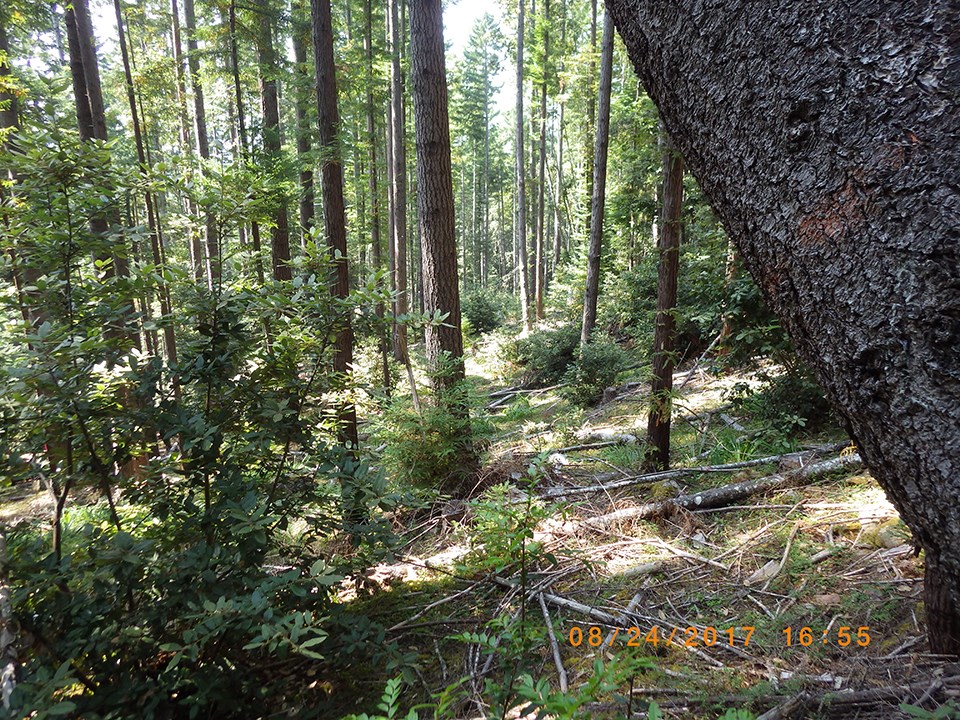
Left image
Right image

NPS Second Growth Forests: Before and After Restoration Thinning. 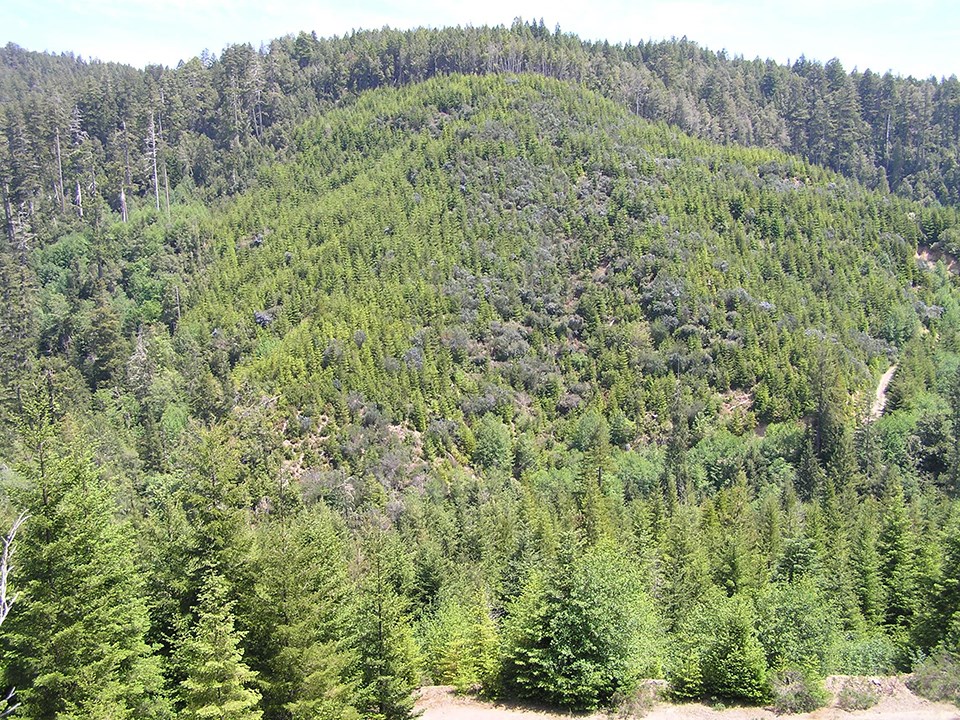
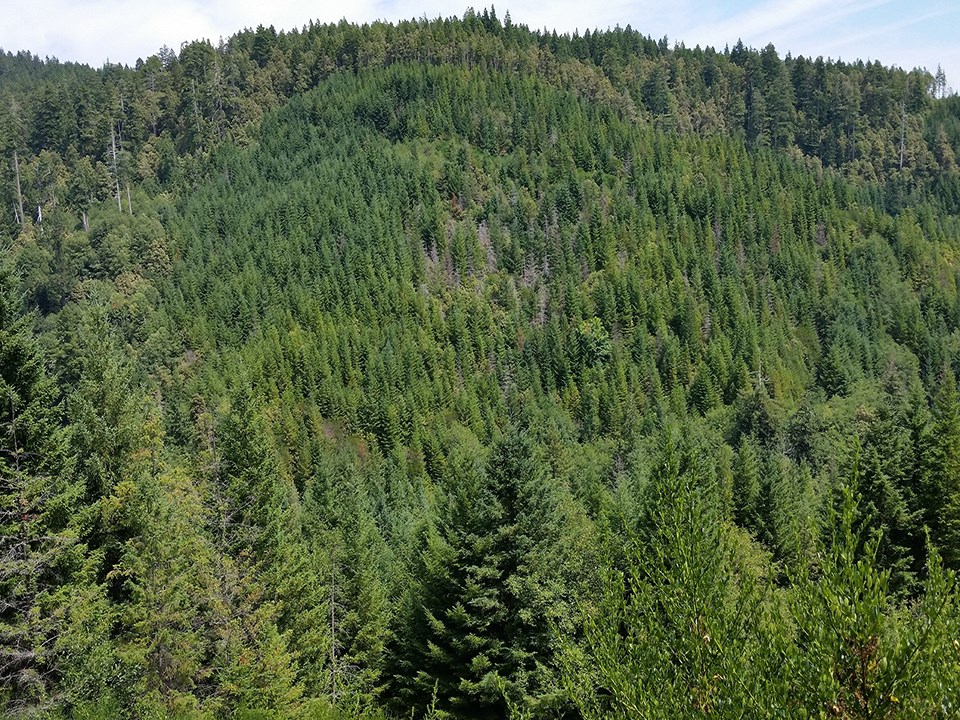
Left image
Right image
What Is An Old-Growth Forest?A forest that has never been logged is called "old-growth". It is a forest rich in diversity of plants and animals, and has a very different look, feel and character from a forest that has been logged. Old-growth forests are healthy habitats for a wide range of species and might have about a dozen mature redwood trees per acre. You can experience our old-growth redwood forests in 360 degree virtual reality. (Link goes to youtube) Old-growth redwood forests have... 1) A small number of giant redwoods in each acre (from 5-15 mature redwoods). 2) Lots of different plants on the forest floor. 3) Epiphytes and animals living in the canopy of the redwoods. 4) Open space where light reaches the forest floor. 5) Fallen logs that act as "nurse trees" for centuries. 6) Dead and broken standing trees that provide habitat for wildlife - like owls. 
NPS Why Are Old-Growth Forests Important To Restore?Old-growth redwood forests are what millions of visitors travel from around the world to see. Under these towering giants, people find all sorts of experiences and emotions. The complex ecosystems of these forests go from inter-connected roots ten feet underground, to niche habitats more than 350-feet up in the canopy. Wildlife large and small; on land, in the air, and in the rivers rely on old-growth forests for their survival. Another reason to restore tens of thousands of acres of old-growth redwood forests is their ability to store massive amounts of carbon. The old-growth redwood forests located here have the highest bio-mass per acre of any forest ecosystem. That means they are storing more tons of carbon per acre than any terrestrial habitat in the world. You can learn more about redwoods and carbon storage. |
Last updated: April 18, 2022

